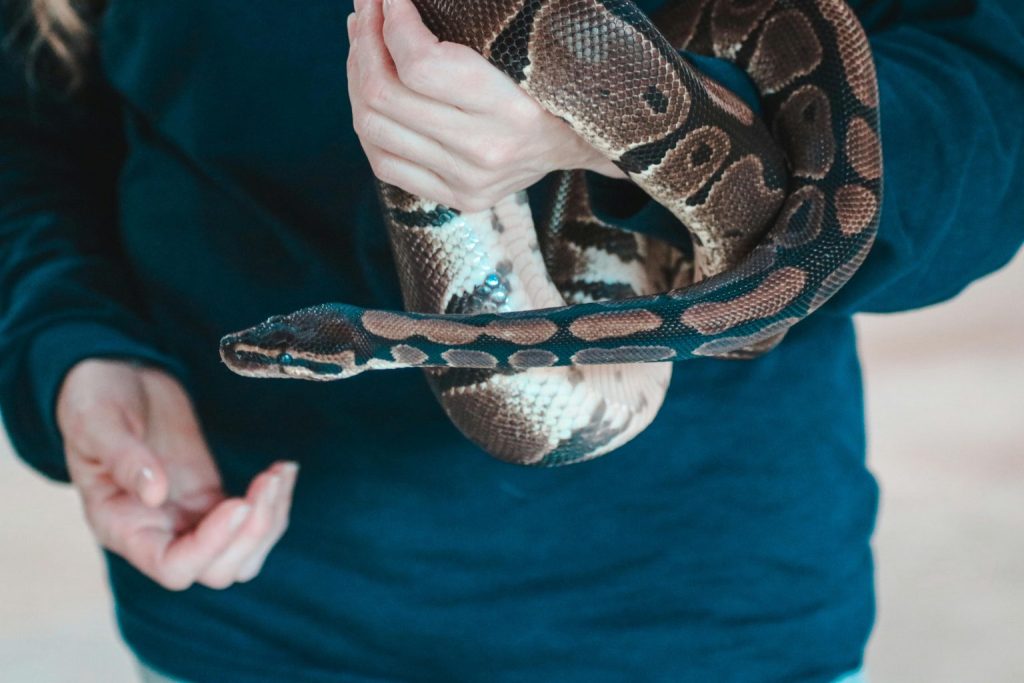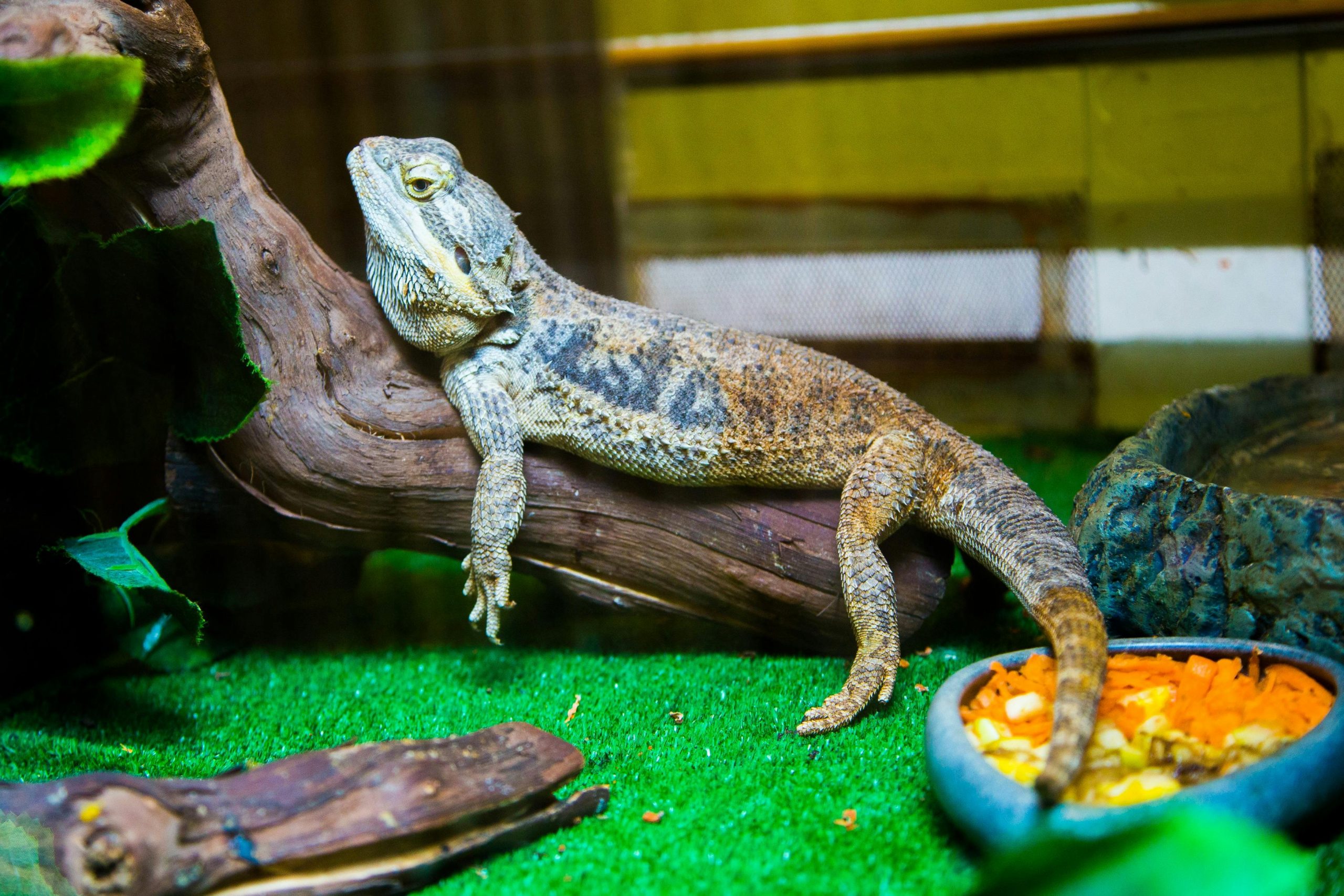Hi there, pet lovers! 🦎
Bringing a pet reptile into your home can be an incredibly rewarding experience—these fascinating creatures are low-maintenance, full of personality, and offer a unique way to connect with nature. However, not everyone in your household may share your enthusiasm right away. Whether it’s parents, partners, or roommates who are hesitant, convincing them requires patience, education, and a well-structured approach.
This guide will walk you through proven strategies to address common concerns, demonstrate responsibility, and ultimately help your family see reptiles in a new light.
Overview: Key Steps to Convince Your Family
For those short on time, here’s a quick breakdown of the most effective tactics:
✅ Educate Them – Dispel myths about reptiles being dangerous, dirty, or boring.
✅ Hands-On Exposure – Arrange a visit to a reptile expo, pet store, or friend’s home to interact with one.
✅ Prove Responsibility – Show you’ve researched care requirements and can handle the commitment.
✅ Prepare Before Buying – Set up the enclosure and supplies first to demonstrate readiness.
✅ Address Specific Concerns – Tackle objections like cost, maintenance, or safety with facts.
Now, let’s dive deeper into each step.

Understanding Their Concerns
Before making a case for a reptile, it’s crucial to listen and acknowledge why your family might be hesitant. Most objections fall into two categories:
- Fear or Misconceptions About Reptiles – Many people assume reptiles are slimy, aggressive, or carry diseases.
- Doubts About Your Readiness – They may worry you’ll lose interest or struggle with long-term care.
By addressing these concerns respectfully and logically, you’ll have a much stronger chance of winning them over.
Step 1: Educate Them About Reptiles
Dispelling Common Myths
Many people have never interacted with a reptile and rely on outdated or exaggerated stereotypes. Here’s how to correct them:
Myth 1: “Reptiles Are Dangerous or Aggressive”
- Most pet reptiles (bearded dragons, leopard geckos, ball pythons) are docile and shy.
- Snakes don’t “attack” unprovoked—they prefer hiding or exploring.
- Even larger species (like monitors) can be manageable with proper handling.
Myth 2: “They Carry Diseases”
- While reptiles can carry salmonella, the risk is minimal with proper hygiene.
- Simply washing hands after handling eliminates most concerns.
- Remind them that raw chicken and eggs pose a higher salmonella risk—yet we still eat them!
Myth 3: “Reptiles Are Boring”
- Many reptiles have surprising personalities—bearded dragons beg for food, geckos hunt crickets with enthusiasm, and some snakes enjoy exploring.
- Show them videos or documentaries (like Clint’s Reptiles or Snake Discovery) to showcase their behavior.
Step 2: Give Them Hands-On Experience
Seeing Is Believing
If your family has never touched or held a reptile, their fears may stem from lack of exposure. Try:
✔ Visiting a Reptile Expo or Pet Store – Let them observe calm, well-handled reptiles.
✔ Meeting a Reptile Owner – If a friend has a pet reptile, ask for a supervised introduction.
✔ Watching Handling Videos – Seeing experts interact with reptiles can ease anxieties.
A single positive interaction can completely change their perspective.

Step 3: Prove You’re Ready for the Responsibility
Research and Present a Care Plan
Your family needs to see that you’re committed, not impulsive. Here’s how:
1. Study Extensively
- Learn about enclosure size, heating, humidity, diet, and vet care for your chosen species.
- Share your findings—casually mention cool facts or care tips to show your dedication.
2. Create a Detailed Care Guide
- Write down daily, weekly, and monthly tasks (feeding, cleaning, health checks).
- Include a budget for initial setup and ongoing costs (food, electricity, vet visits).
3. Set Up the Enclosure First
- Buy the tank, heating, substrate, and decor before getting the reptile.
- This proves you’re prepared and not rushing into ownership.
Step 4: Address Specific Concerns
Common Objections (and How to Respond)
“What If We Go on Vacation?”
- Many reptiles don’t need daily feeding (e.g., adult snakes eat weekly).
- Find a trusted pet sitter or use automatic feeders for short trips.
“They’re Too Expensive!”
- Break down costs:
- Initial setup: $200 to $500 (varies by species).
- Monthly upkeep: $20 to $50 (food, electricity).
- Offer to save up or contribute through chores/part-time work.
“What If You Lose Interest?”
- Point to your consistent research and preparation.
- Suggest a trial period (e.g., fostering a reptile for a rescue).
Final Tips for Success
- Stay Patient – Changing minds takes time.
- Lead by Example – Show responsibility in other areas (chores, school/work).
- Compromise – Start with a low-maintenance species (like a leopard gecko or corn snake).

Final Thoughts
Convincing your family to welcome a reptile isn’t about winning an argument—it’s about proving you’re informed, prepared, and dedicated. By addressing their concerns with facts, offering hands-on experiences, and demonstrating responsibility, you’ll build trust and open the door to a scaly new family member.
Have questions or success stories? Share them below!
For more reptile care tips and reviews, stay tuned to our blog and don’t forget to subscribe to our newsletter! 🦎








Leave a Reply